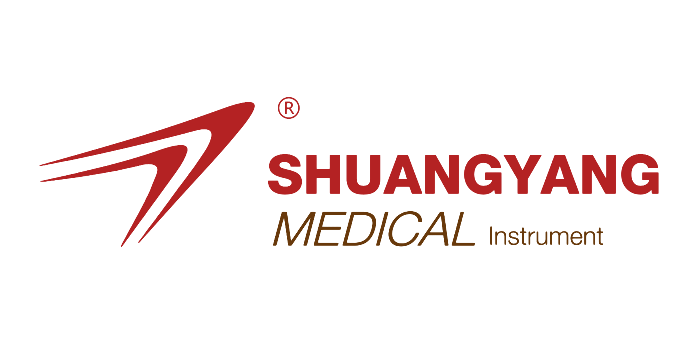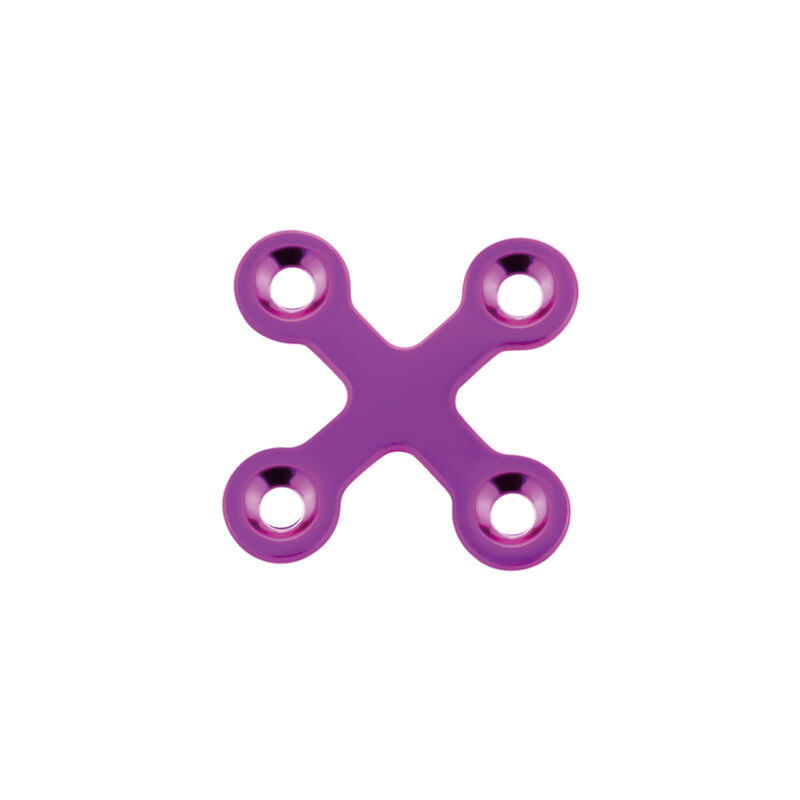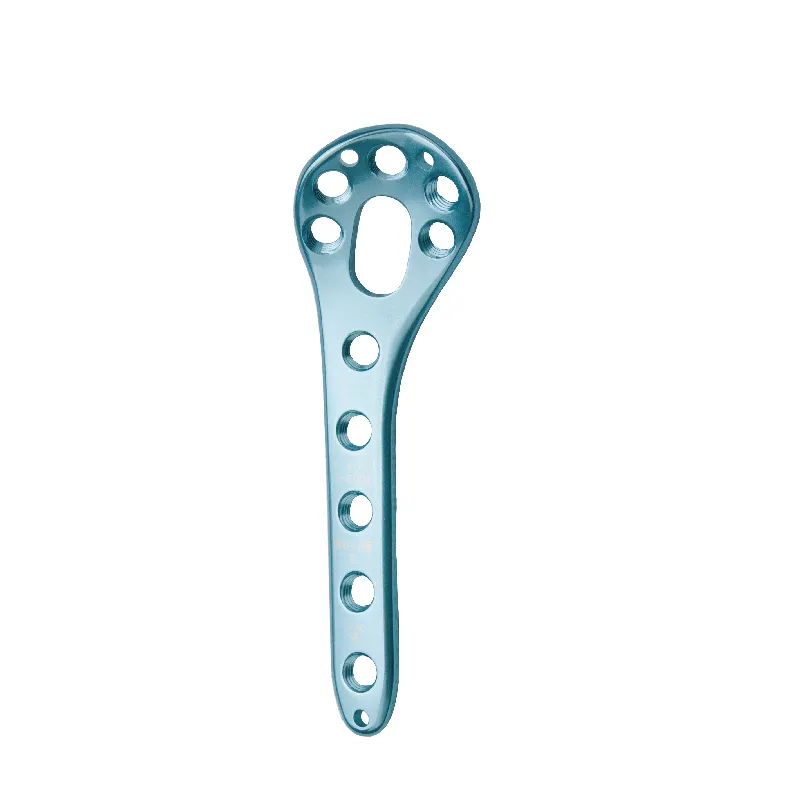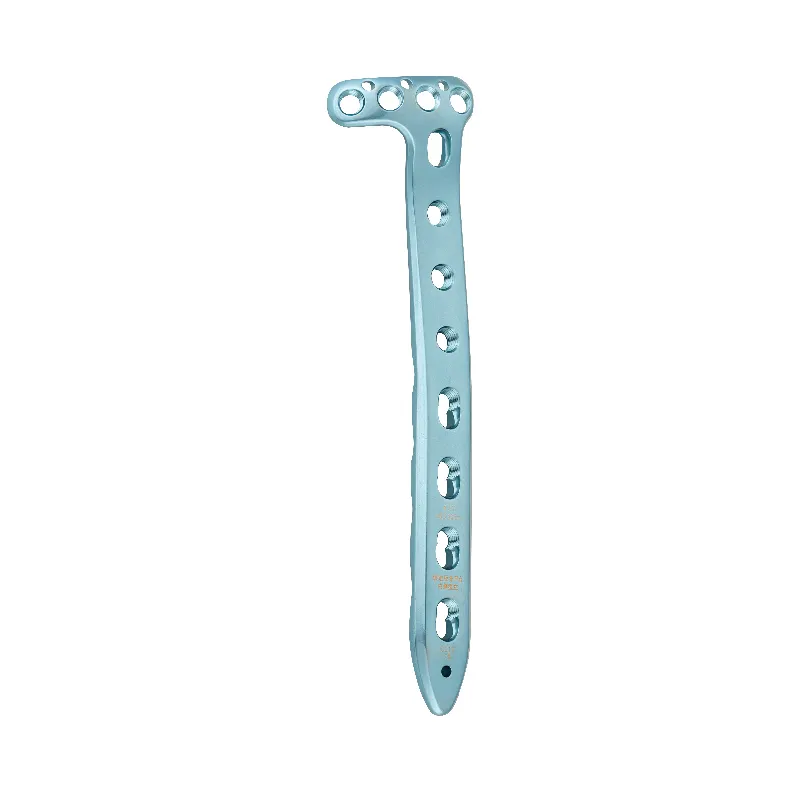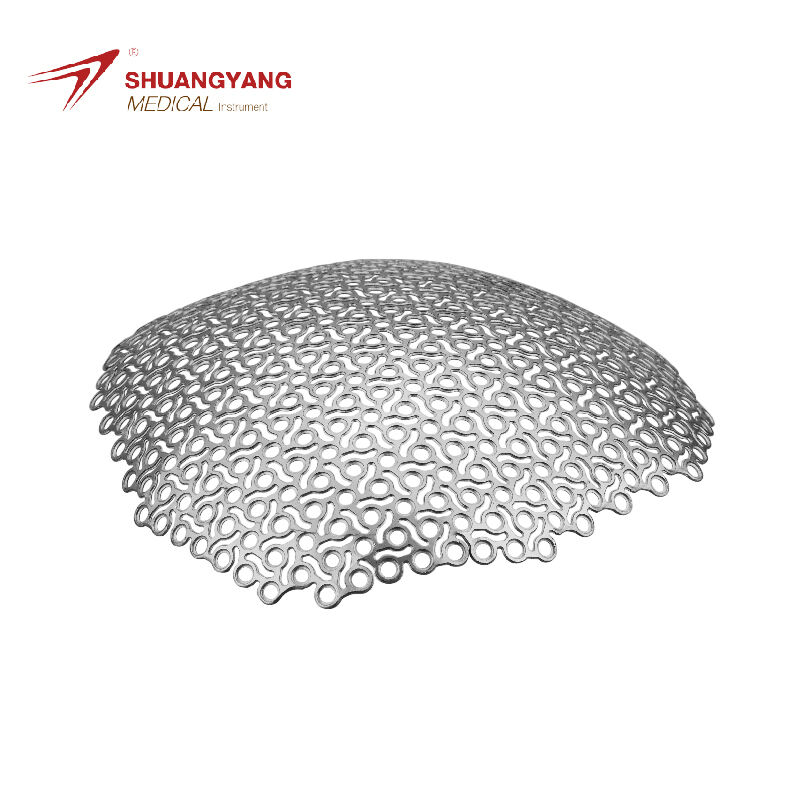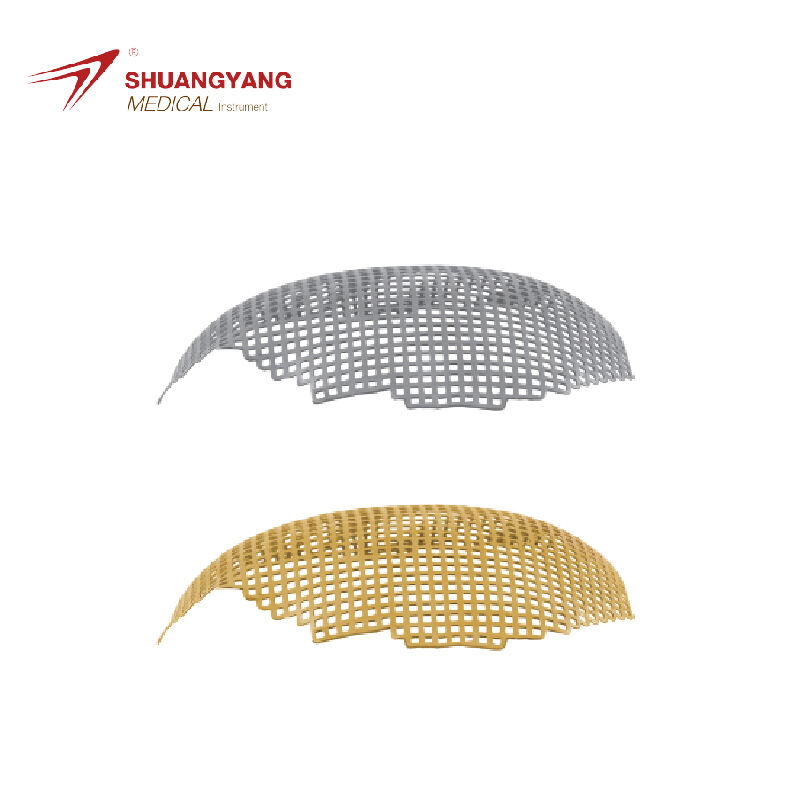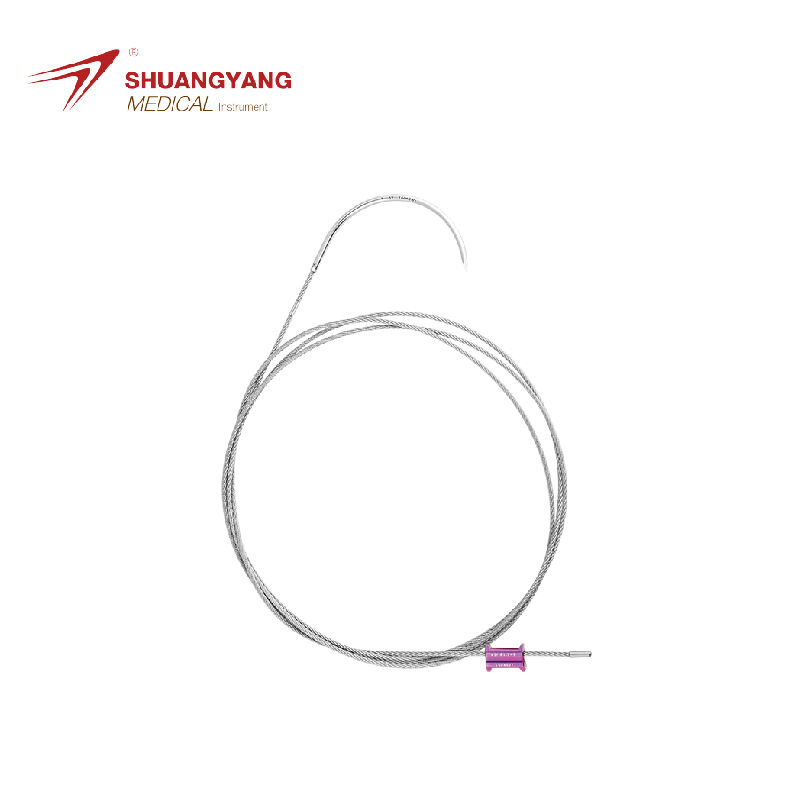maxillary surgery
Maxillary surgery is a specialized dental procedure aimed at correcting issues within the maxilla, or upper jaw. The main functions of maxillary surgery include the realignment of the upper jaw to correct bite problems, the enhancement of facial symmetry, and the improvement of overall dental function. Technological features of this surgery involve advanced 3D imaging, which allows surgeons to plan the procedure with precision, and the use of minimally invasive techniques that promote faster healing and reduce the risk of complications. Applications of maxillary surgery extend to the correction of jaw deformities, the preparation of the mouth for dental implants, and the treatment of obstructive sleep apnea.
 EN
EN
 FR
FR
 ES
ES
 AR
AR
